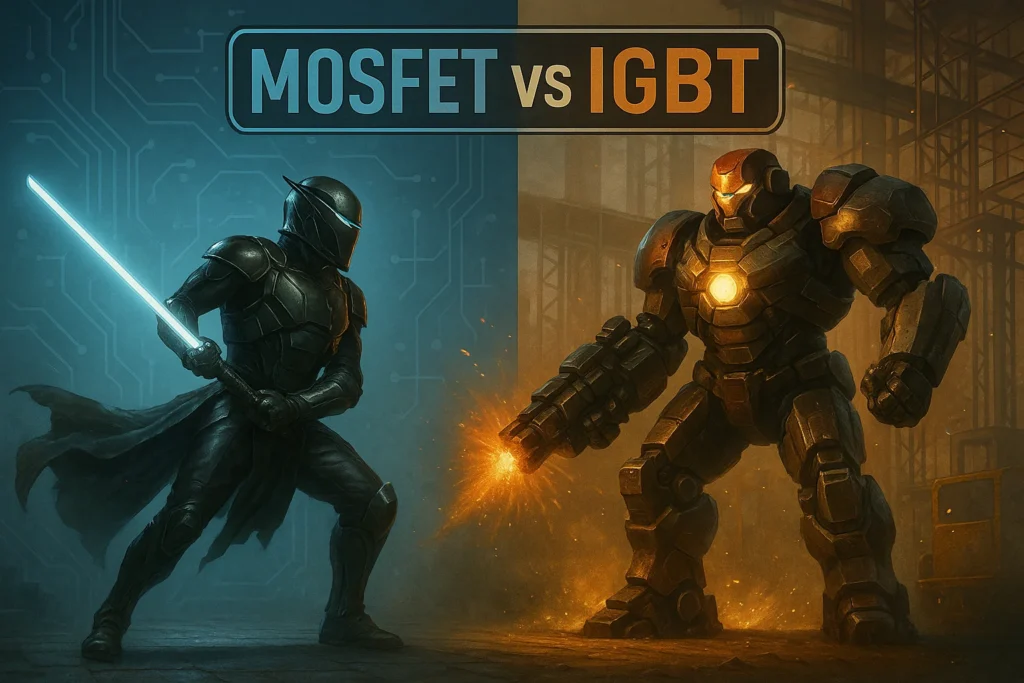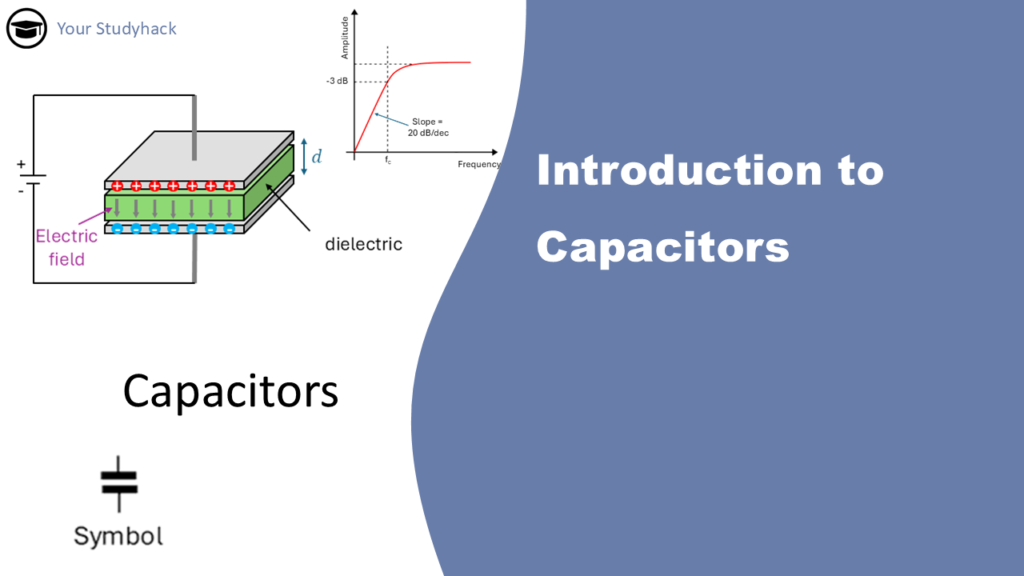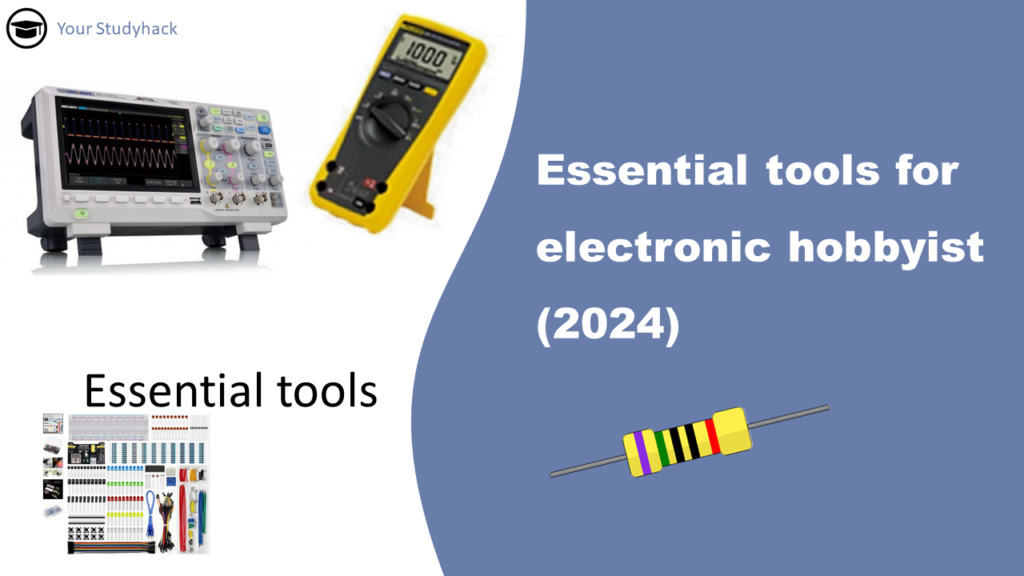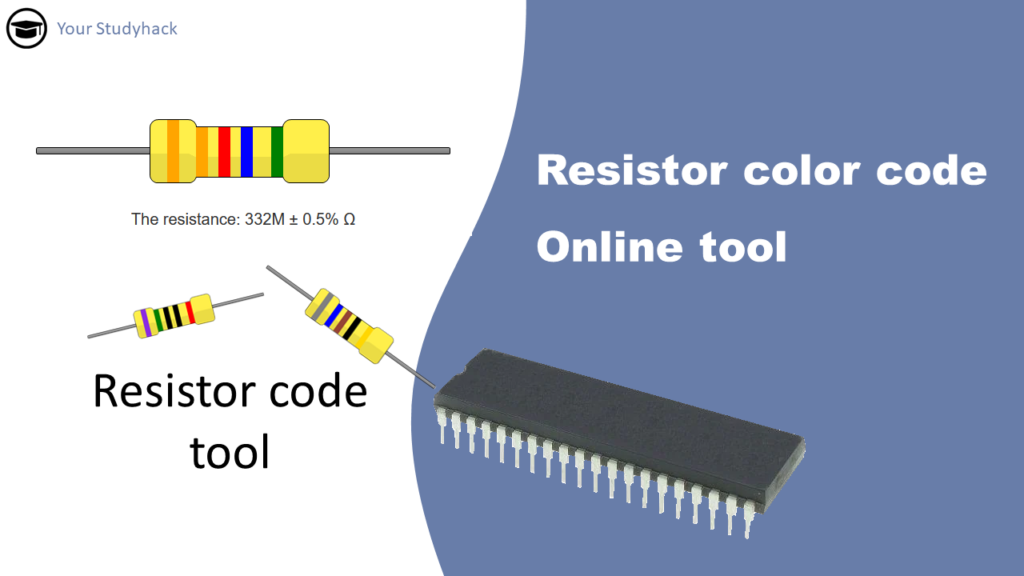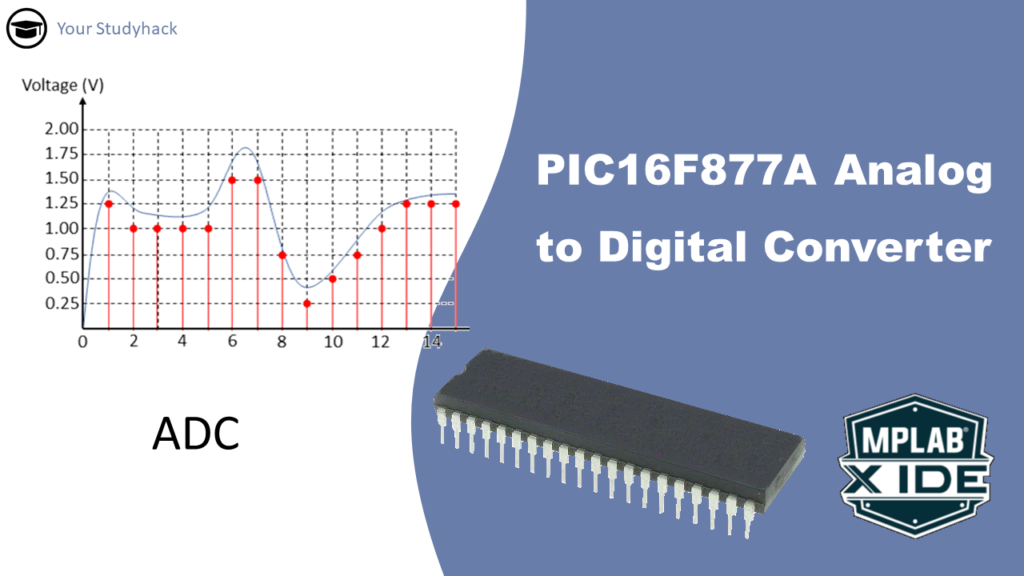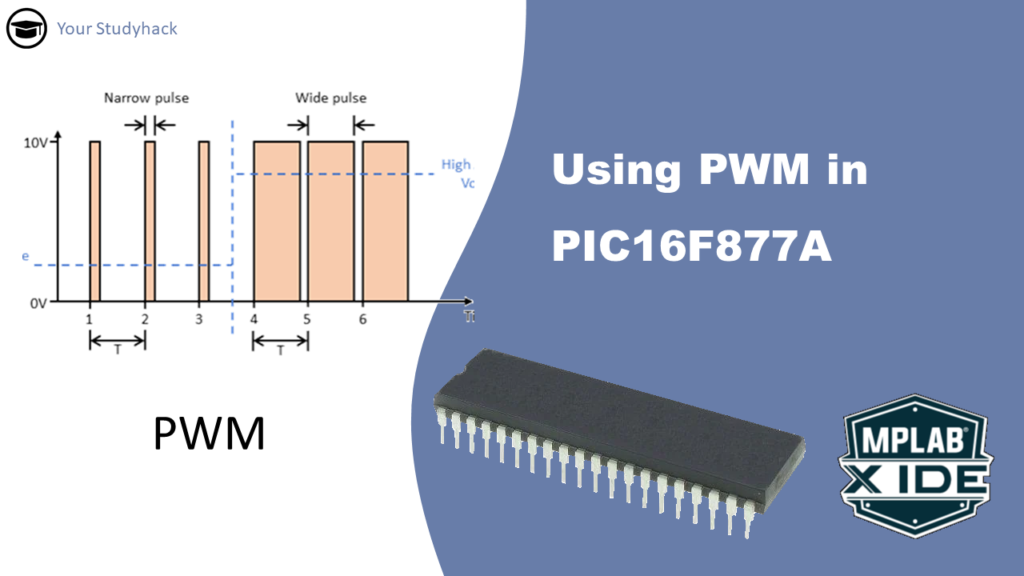 Daily tech news
Daily tech news
- Miracle material’s hidden quantum power could transform future electronicsResearchers have directly observed Floquet effects in graphene for the first time, settling a long-running scientific debate. Their ultrafast light-based technique demonstrates that graphene’s electronic properties can be tuned almost instantaneously. This paves the way for custom-engineered quantum materials and new approaches in electronics and sensing.
- Century-old catalysis puzzle cracked by measuring a fraction of an electronScientists have directly measured the minuscule electron sharing that makes precious-metal catalysts so effective. Their new technique, IET, reveals how molecules bind and react on metal surfaces with unprecedented clarity. The insights promise faster discovery of advanced catalysts for energy, chemicals, and manufacturing.
- Stanford discovers an extraordinary crystal that could transform quantum techStanford scientists found that strontium titanate improves its performance when frozen to near absolute zero, showing extraordinary optical and mechanical behavior. Its nonlinear and piezoelectric properties make it ideal for cryogenic quantum technologies. Once overlooked, this cheap, accessible material now promises to advance lasers, computing, and space exploration alike.
- MIT quantum breakthrough edges toward room-temp superconductorsMIT scientists uncovered direct evidence of unconventional superconductivity in magic-angle graphene by observing a distinctive V-shaped energy gap. The discovery hints that electron pairing in this material may arise from strong electronic interactions instead of lattice vibrations.
- Physicists uncover hidden “doorways” that let electrons escapeScientists at TU Wien found that electrons need specific “doorway states” to escape solids, not just energy. The insight explains long-standing anomalies in experiments and unlocks new ways to engineer layered materials.
- This artificial leaf turns pollution into powerCambridge researchers have engineered a solar-powered “artificial leaf” that mimics photosynthesis to make valuable chemicals sustainably. Their biohybrid device combines organic semiconductors and enzymes to convert CO₂ and sunlight into formate with high efficiency. It’s durable, non-toxic, and runs without fossil fuels—paving the way for a greener chemical industry.
Category
IGBT vs MOSFET: How to Choose the Right Power Switch
This article compares IGBTs and MOSFETs for power electronics applications It covers efficiency trade-offs, conduction and switching losses, voltage/current guidelines, structural differences (such as body...
Introduction to capacitors
This tutorial introduces the basics of capacitors, covering their structure, energy storage, and behavior in DC and AC circuits. It explains capacitance, charging/discharging processes, and...
Essential tools for electronic hobbyist (2024)
Lab equipment is essential for home electronics projects. Key tools include a multimeter, soldering station, oscilloscope, and power supply. This guide covers affordable options for...
Resistor color code – Online tool
A resistor is a fundamental two-terminal component used in countless electronic devices to limit or regulate electric current. Resistors are often marked with color bands...
PIC16F877A Analog to Digital Converter (ADC)
The ADC module in microcontrollers indeed allows them to interface with the analog world by converting continuous analog signals into discrete digital values. This capability...
Using PWM in PIC16F877A
Digital signals (0 or 1) and analog signals (range of values) are both used in electronics. Analog inputs can be converted to digital through an...
Prerequisits
To make it easier, I assume you have a basic knowledge of the following:
- Basic circuitry knowledge; such as resistors, transistors, diodes, relays.
- Basic programming knowledge in C; understand what are functions, operators, data types, and more.
- Digital electronics, such as logic gates.
On some occasions I will explain it from scratch, but to understand everything, it is best to brush up on the basics so that you can follow the tutorials.
Required Software
For these tutorials we use Microchip’s own software package that includes:
- MPLAB X IDE
- XC8 Compiler
- PICKIT3 programmer/debugger
All the tools can be downloaded at the official website of Microchip Technology
Required Hardware
The full tutorial consists of many different types of electrical components, sensors and actuators. It depends completely on your own project what you need. However, in all cases you will need a Pickit3 tool to install the software and you need at least 1 PIC16F877A microcontroller to install it on.


